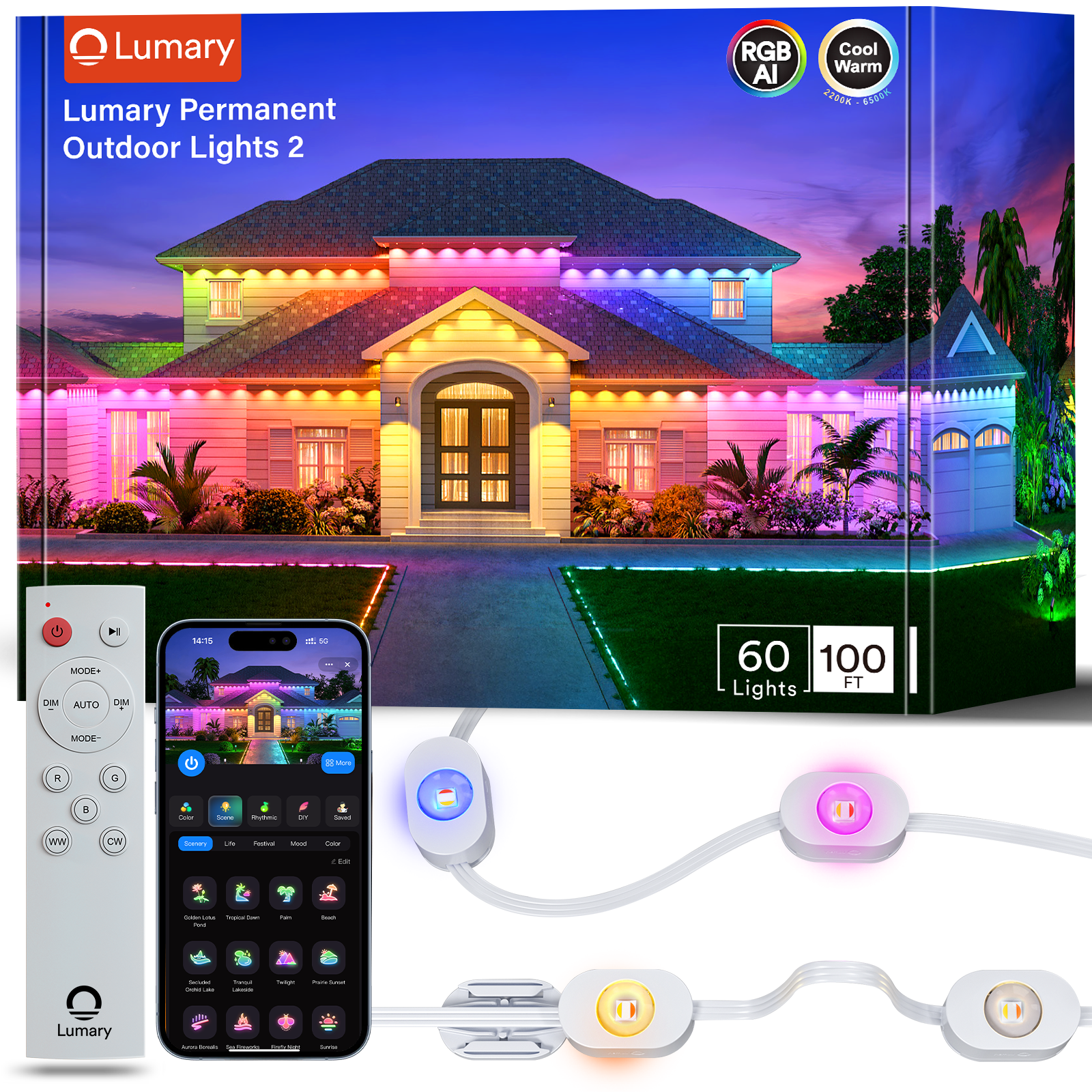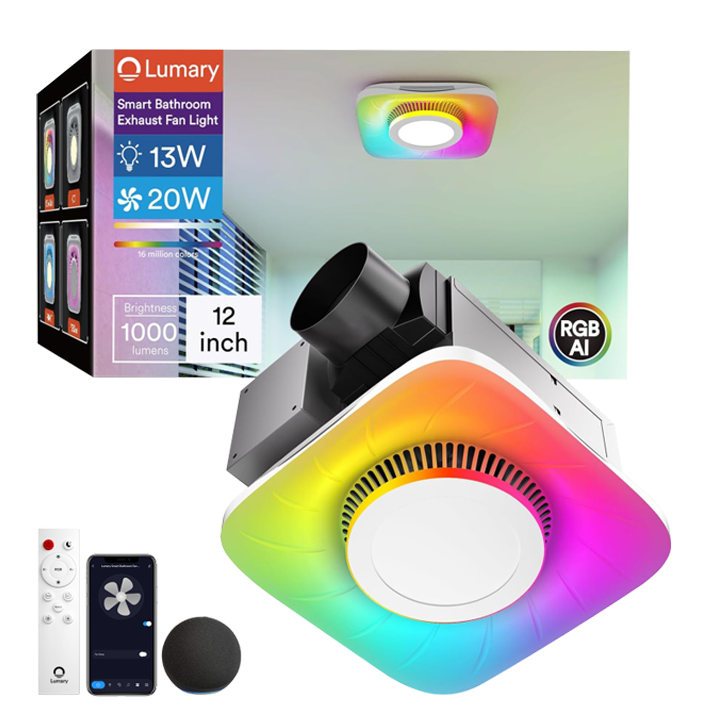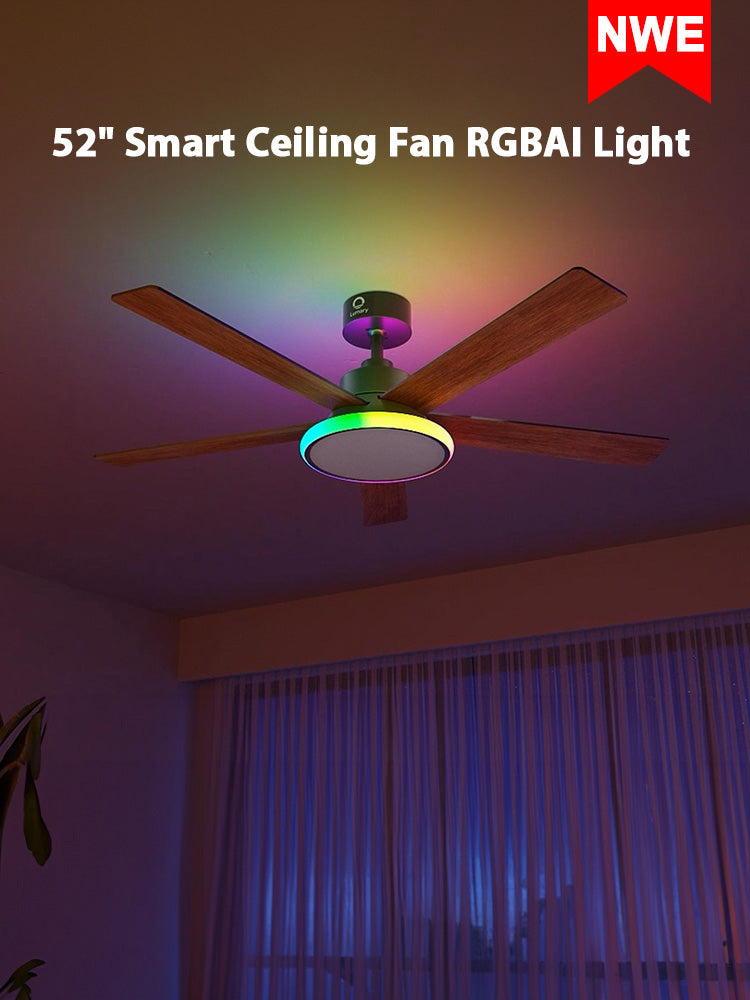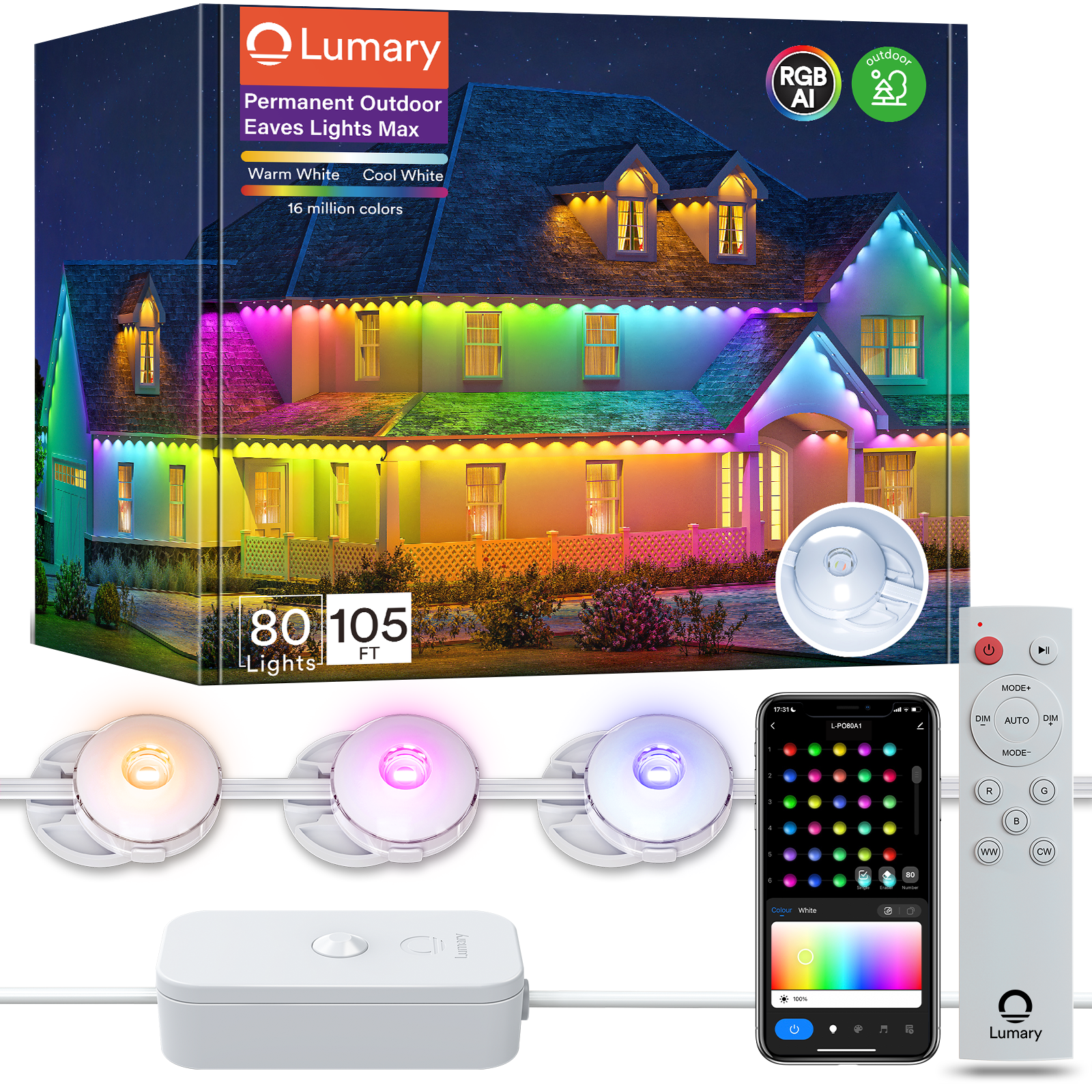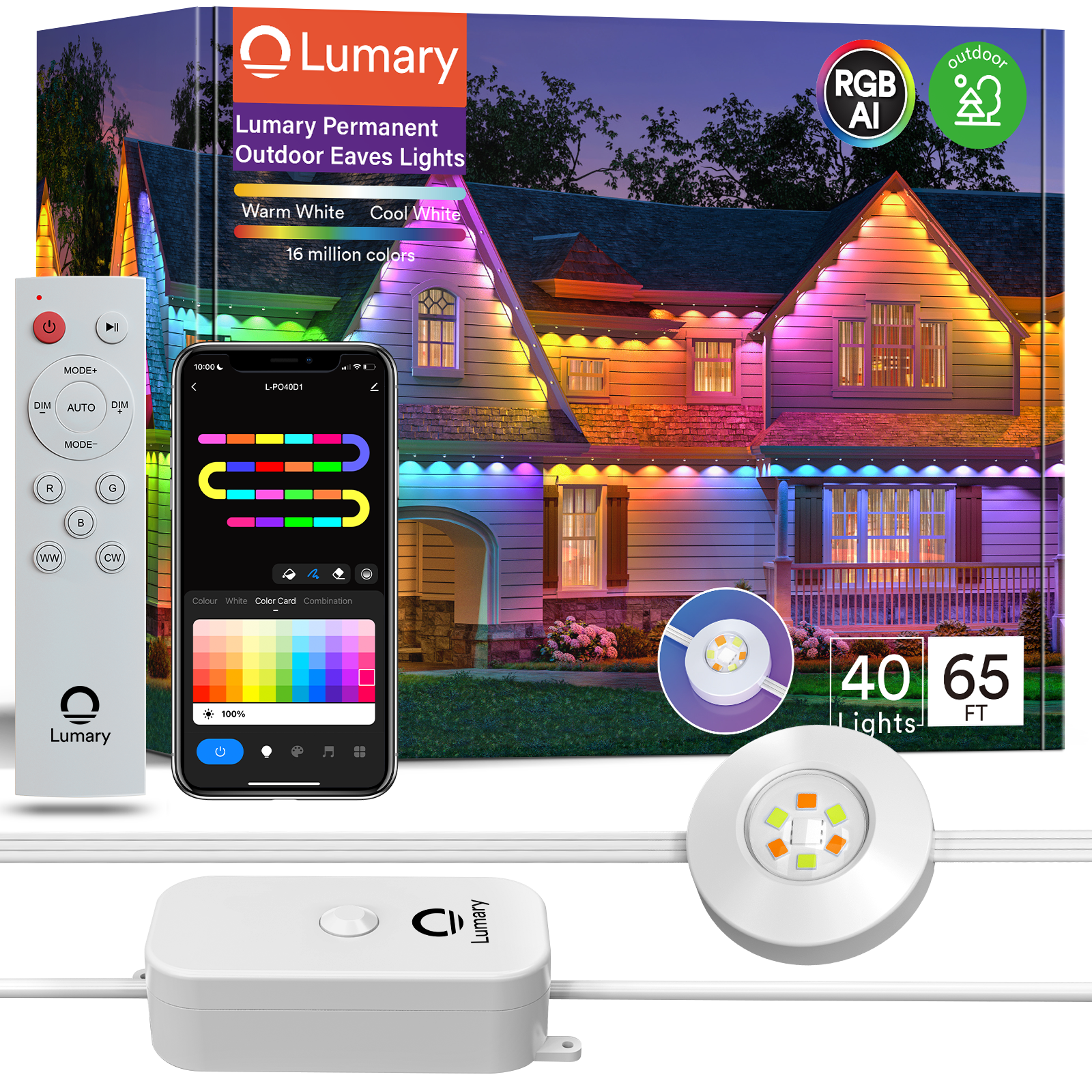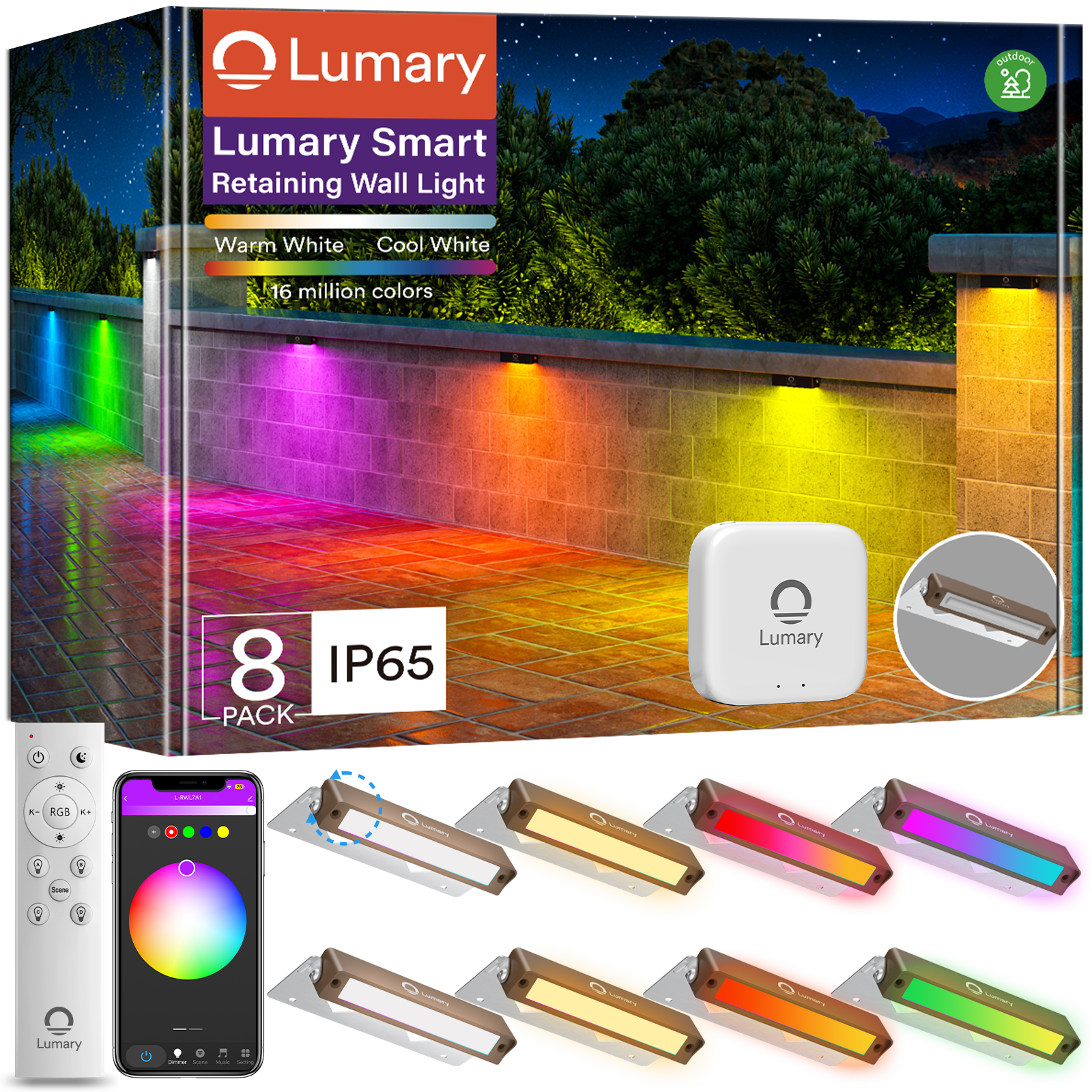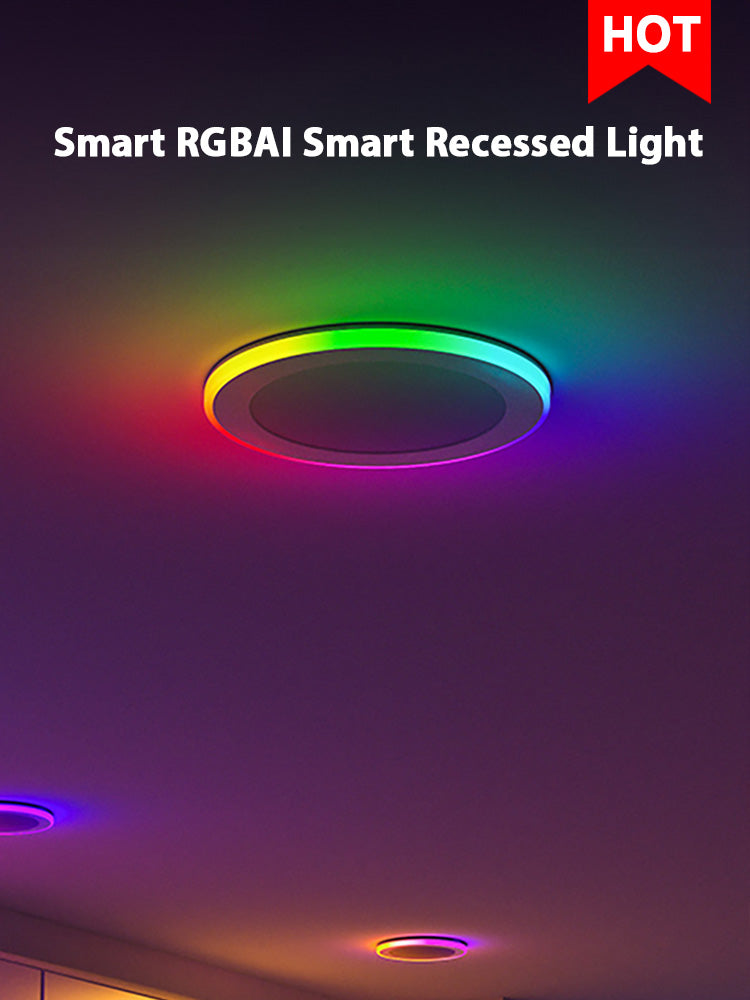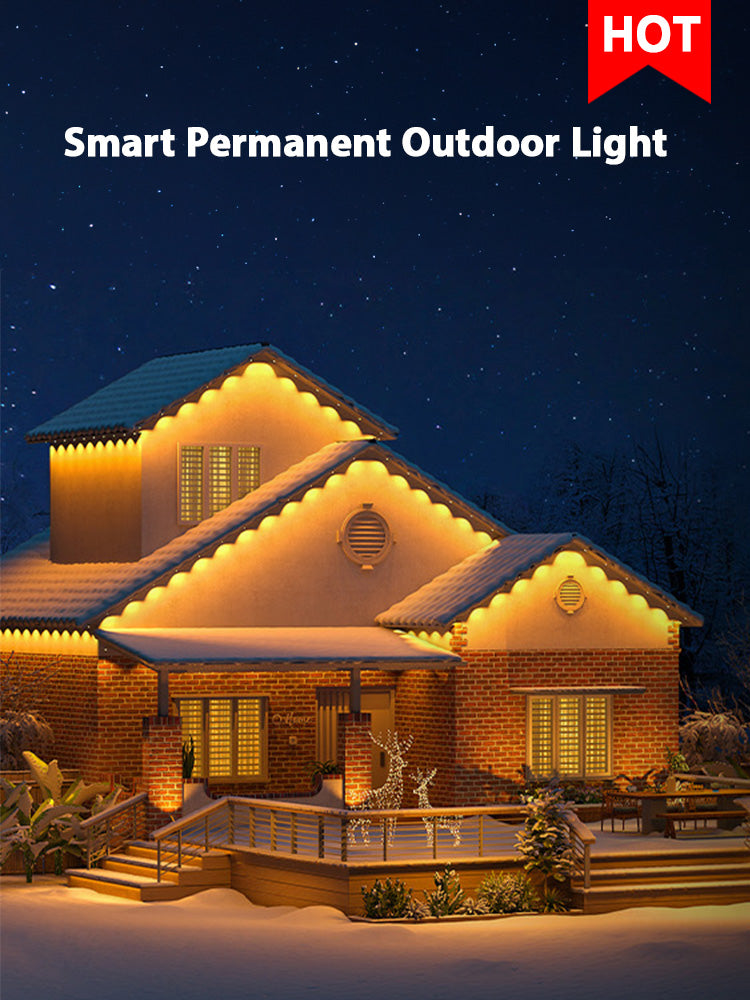LED lighting makes cutting-edge technology meet everyday practicality. But even the brightest innovations can have their challenges, such as the pesky issue of LED hot spots—those unwanted, intense areas of light that can diminish both the aesthetic and functional quality of LED illumination. In this article, we’ll talk about what exactly LED hot spots are, tell the reasons they occur, and most importantly, provide you with actionable solutions to prevent them. Whether you’re decking out your home with the latest smart lights or seeking to optimize your commercial lighting setup, you can learn how to manage LED hot spots to ensure your spaces are lit beautifully, efficiently, and evenly.

What are LED Hot Spots?
Hot spots in LED lighting can be a nuisance, detracting from the clean look of your space and reducing the efficiency of your lights. But what are they? Simply put, hot spots are areas on an LED light fixture that appear significantly brighter or hotter compared to the surrounding areas, resulting in uneven lighting that can be both unsightly and inefficient.
How Hot Spot Form
At the heart of an LED hot spot is the diode’s inability to evenly distribute the heat it generates. While LEDs are known for being energy-efficient, they can still generate heat, unlike incandescent bulbs, which disperse heat and light in all directions. This can lead to certain areas, typically at the center of the beam, being intensely bright. Over time, this concentrated heat can also damage the LED, leading to a decreased lifespan and altered light quality.
LEDs vs. Traditional Lighting
Traditional lighting, like incandescent or halogen bulbs, generally doesn’t suffer from hot spots due to their omnidirectional light output. LEDs, because of their directional nature, require careful consideration in design and placement to ensure a diffuse and even distribution of light.
The Effect of Hot Spots on Light Quality and Fixture Life
LED hot spots can not only create glare but also lead to color shifting and reduced light output over time as the diode degrades from excessive localized heat. This ultimately shortens the overall lifespan of the LED fixture, making it less cost-effective and more of a hassle due to the potential increased frequency of replacements.
How to Identify LED Hot Spots in Your Lighting Setup?
Recognizing the signs of hot spots early can save you from costly replacements and ensure your LED lighting remains efficient and visually appealing.
Visual Indicators of Hot Spots
- Uneven Brightness: Check for areas that are noticeably brighter compared to the rest of the light output. This inconsistency often signifies the beginning of a hot spot.
- Discoloration: Over time, areas around hot spots may discolor; look for yellowing or browning on the LED lens or cover, which indicates excessive heat accumulation.
- Flickering Lights: While flickering can be caused by various issues, localized flickering near hot spots is common as the affected areas struggle with heat stress.
Ignoring these signs can lead to premature failure. Discover simple steps to prolong the life of your outdoor smart lights.
Diagnostic Tools and Techniques
- Thermal Imaging: A thermal camera can visually display how heat is distributed across the LED fixture. Areas that are significantly hotter appear as bright spots in thermal images.
- Infrared Thermometers: By pointing an infrared thermometer at different areas of your LED setup, you can detect abnormally high temperatures that are indicative of potential hot spots.
- Voltage and Current Measurements: Using a multimeter to check voltage and current can help identify electrical imbalances that might be causing hot spots.
Common Problem Areas
- Enclosed Fixtures: LEDs in tight, enclosed fixtures often have inadequate ventilation, making them more susceptible to hot spots.
- High-Power Applications: Areas where high-powered LEDs are utilized without sufficient cooling measures are common sites for hot spots.
- Outdoor Settings: External fixtures exposed to sun and high ambient temperatures generally face greater challenges in managing heat efficiently.
By employing these identification strategies, you can catch and address hot spots early, preserving the integrity and performance of your LED environments. Awareness and proactive monitoring are key to maintaining a reliable and consistent lighting system.
How Can You Prevent LED Hot Spots?
To safeguard your lighting investment and maintain optimal performance, it’s important to implement strategies that prevent the formation of hot spots in your LED fixtures.
Selecting the Right LED Fixtures
- Opt for Quality Over Price: Choose high-quality LED fixtures known for efficient heat dissipation. Look for options that include built-in heat sinks and thermal management systems.
- Read Reviews and Specifications: Research and select LEDs with positive reviews regarding longevity and consistent brightness. Pay attention to manufacturer specifications concerning operating temperatures.
Proper Installation Techniques
- Follow Manufacturer Guidelines: Install your LED products according to the recommended procedures to ensure proper heat dissipation and electrical load distribution.
- Ensure Adequate Ventilation: In enclosed spaces, provide enough room around your LED fixtures for air circulation to help cool down the lights.
- Use Compatible Dimmers: If dimming your LEDs, make sure the dimmer is fully compatible with your light fixture to avoid power supply issues that can lead to hot spots.
Maintain Optimal Ambient Temperatures
- Monitor Room Temperature: Keep the ambient temperature within the recommended range for your LED fixtures to prevent overheating.
- Avoid Enclosed Spaces Without Airflow: When installing LEDs in a confined space, consider adding ventilation or choose fixtures designed for such conditions.
Adjust Power Loads Appropriately
- Don’t Overdrive LEDs: Abide by the rated current and voltage for your LED fixtures to prevent excessive heat buildup.
- Balance Circuits Correctly: Ensure that your electrical circuits are not overloaded and that power is evenly distributed across your LED setup.
Regular Maintenance Checks
- Schedule Inspections: Regularly inspect your LED fixtures for signs of wear, discoloration, or dimming, which could indicate developing hot spots.
- Clean Fixtures: Keep LED lenses and housings clean to ensure maximum light output and heat dissipation.
Implementing these preventative measures can significantly reduce the risk of LED hot spot formation, extend the lifespan of your lighting fixtures, and ensure they operate at peak efficiency.
Lighting the Way Forward: Overcoming LED Hot Spots
In the journey to illuminate our spaces, LED hot spots are but a minor detour—a challenge that, with the right knowledge and care, can be easily navigated. Understanding the cause and effects of these intense areas helps us select the best fixtures and employ the proper installation techniques to avoid them. Regular maintenance and careful attention to heat management ensure our LED lighting performs at its best, both functionally and aesthetically. As we embrace this eco-friendly technology, taking proactive steps to prevent hot spots ensures that our living and workspaces are consistently bathed in comfortable and efficient light.
FAQ
Q1: Can dimming LEDs reduce hot spots?
Dimming can reduce the overall operating temperature of an LED, which could mitigate hot spots if they’re caused by overheating due to being run at full power.
Q2: Are LED hot spots dangerous?
While not typically dangerous, LED hot spots can reduce the lifespan of the lighting fixture and lead to uneven lighting. In extreme cases, excessive heat can damage the mounting surface or adjacent materials, which could pose a risk.
Q3: Can LED hot spots be fixed after they’ve formed?
Yes, sometimes it’s possible to address LED hot spots by improving the fixture’s heat dissipation through better ventilation, adding heat sinks, or reducing the power load. However, in some cases, replacing the affected LEDs may be necessary.

